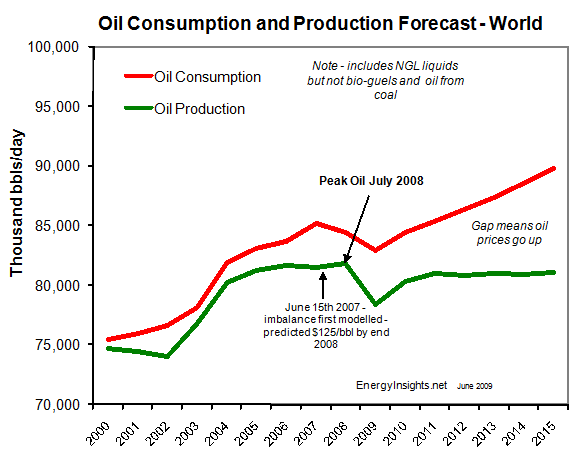nnuut
Moderator | TSP Talk Royalty
- Reaction score
- 210
09/01/2010 - Updated 12:33 PM ET
 Crude oil rises on manufacturing data, ahead of supplies
Crude oil rises on manufacturing data, ahead of supplies
 By Nick Godt, MarketWatch
By Nick Godt, MarketWatch
NEW YORK (MarketWatch) -- Crude-oil futures rallied past $74 a barrel Wednesday, after a surprise rise in a U.S. manufacturing survey sweetened the outlook for global oil demand and supplies data showed a drop in refined products such as heating oil.[more]
http://markets.usatoday.com/custom/usatoday-com/html-story.asp?markets=COMMODITIES&guid=%7B0B57F44C%2DFF35%2D4EB6%2D976E%2D93365F02E1DF%7D


NEW YORK (MarketWatch) -- Crude-oil futures rallied past $74 a barrel Wednesday, after a surprise rise in a U.S. manufacturing survey sweetened the outlook for global oil demand and supplies data showed a drop in refined products such as heating oil.[more]
http://markets.usatoday.com/custom/usatoday-com/html-story.asp?markets=COMMODITIES&guid=%7B0B57F44C%2DFF35%2D4EB6%2D976E%2D93365F02E1DF%7D
Last edited:


